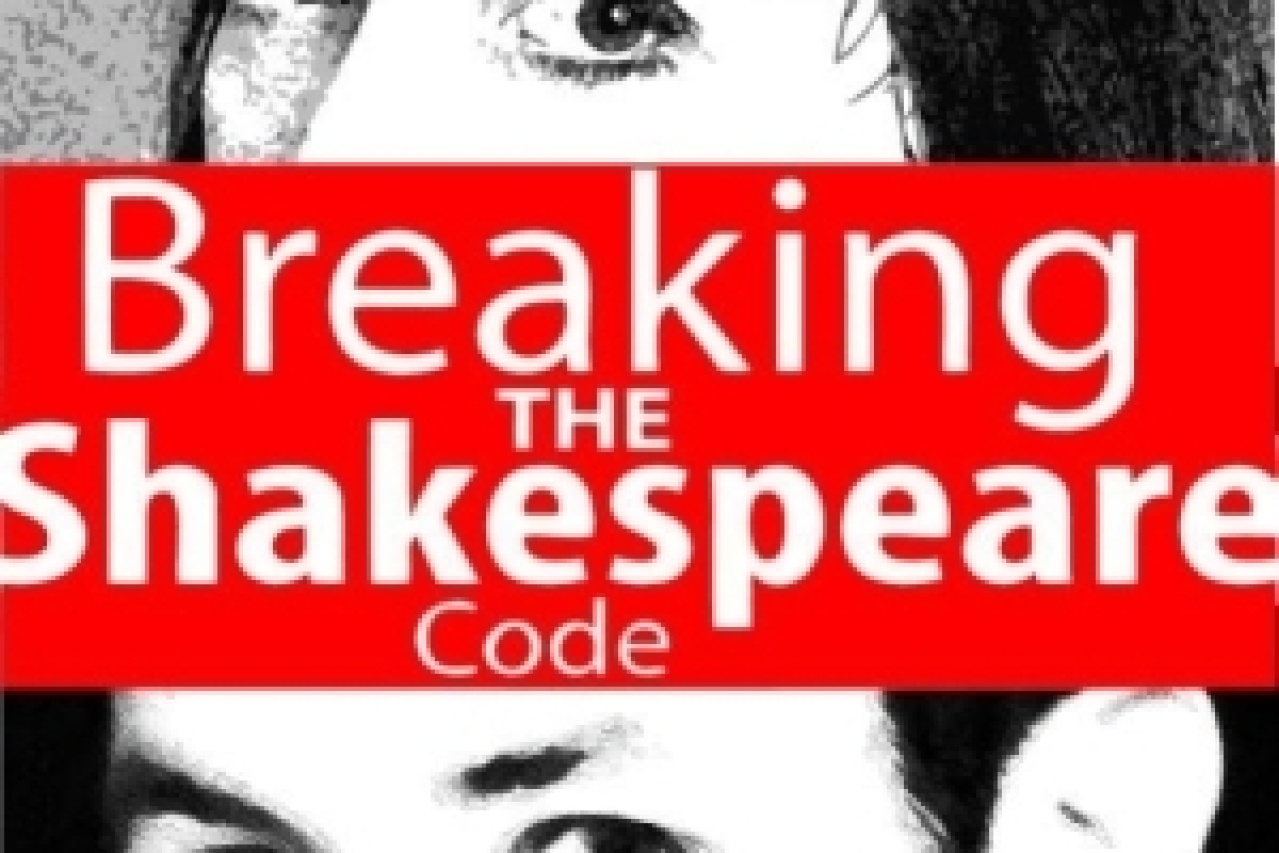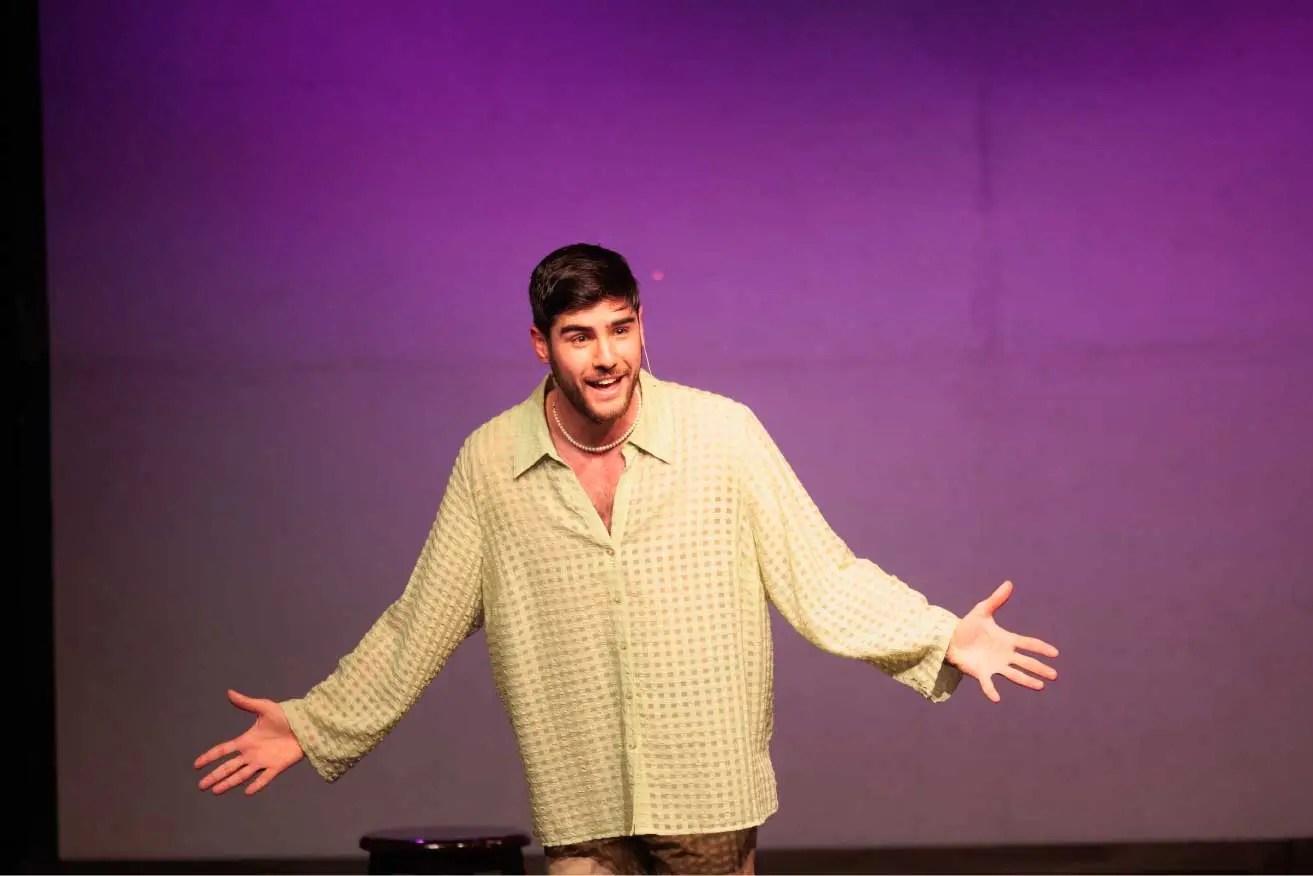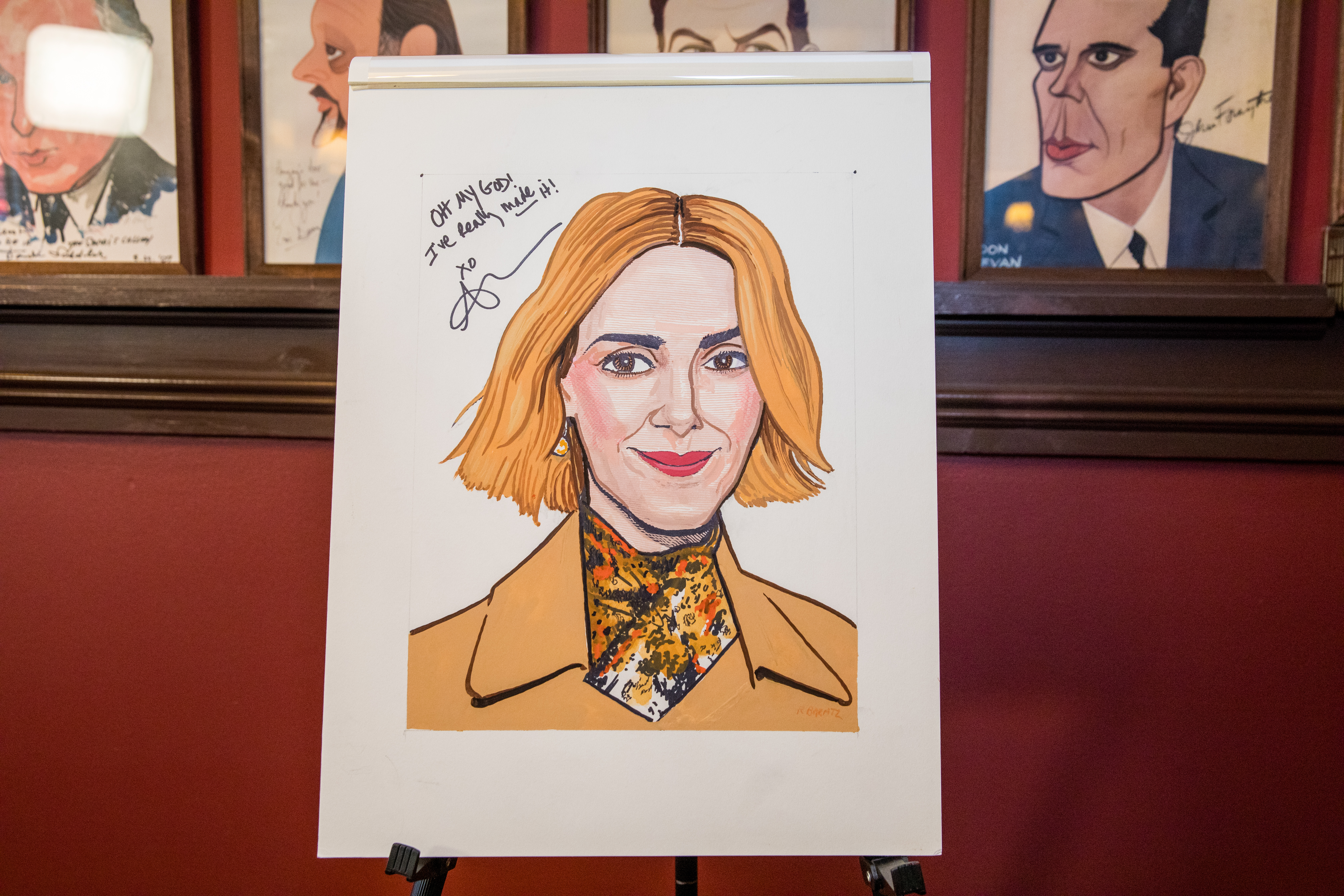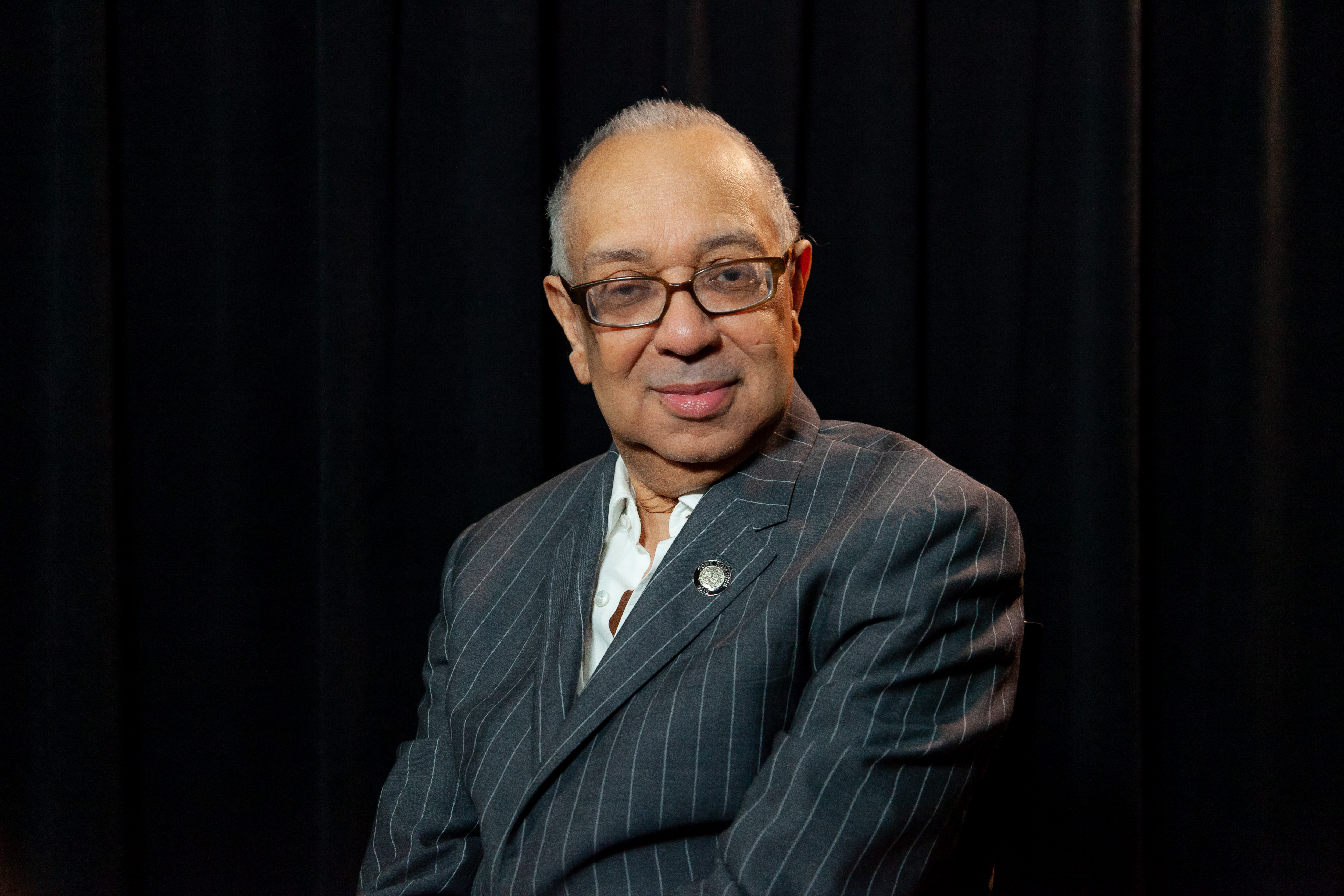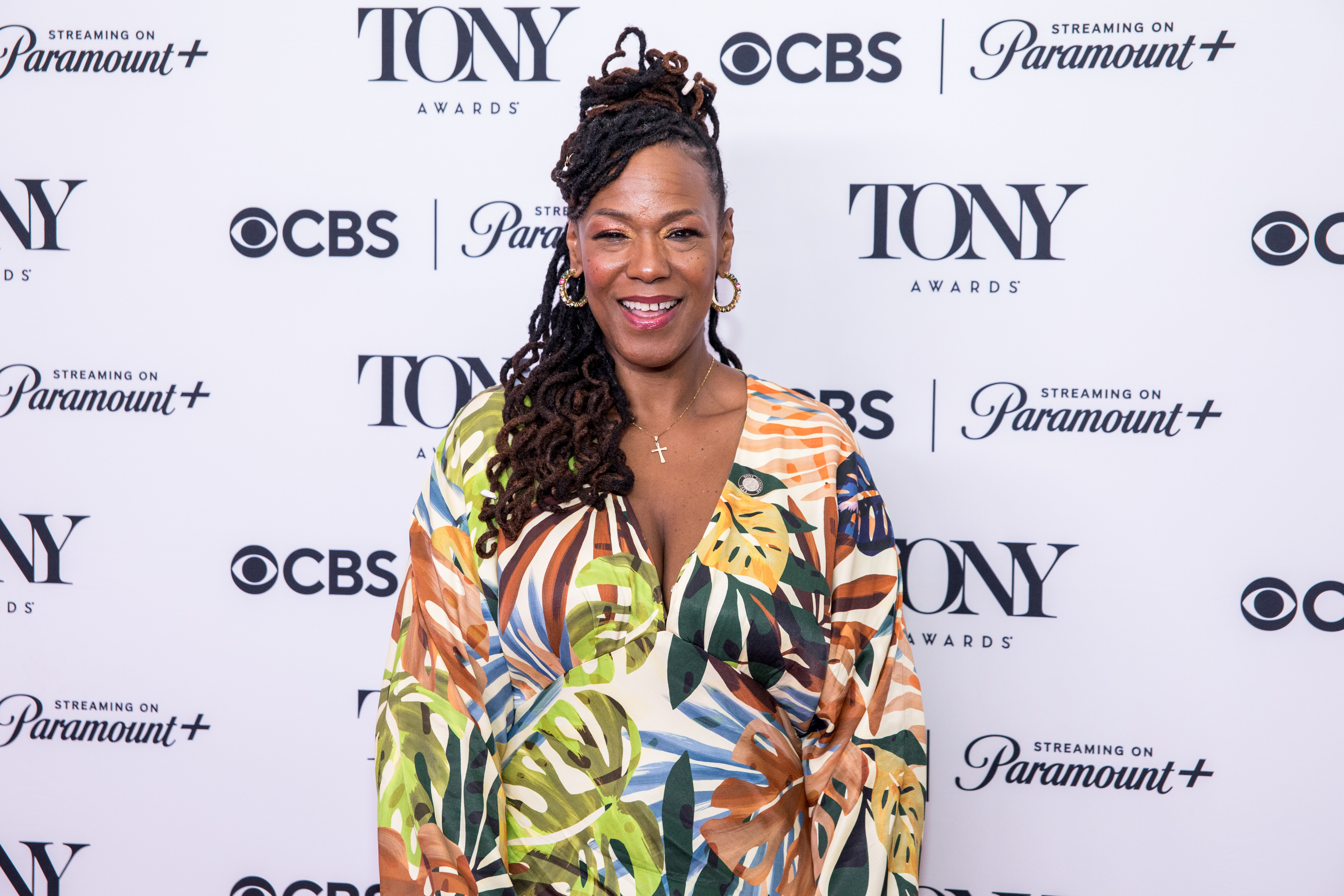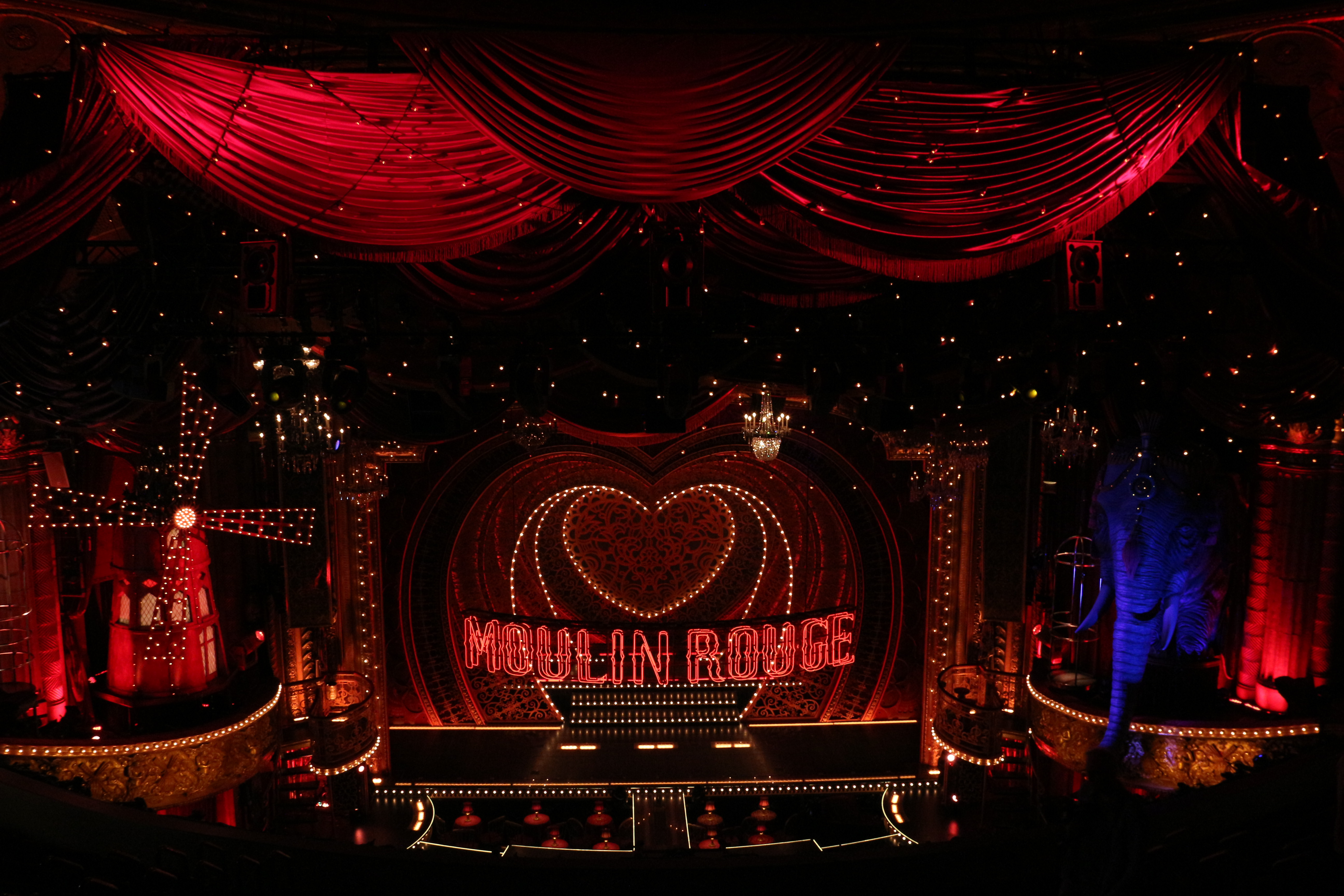FringeNYC 2014: Breaking the Shakespeare Code; Hoaxocaust!; The Picture (of Dorian Gray)
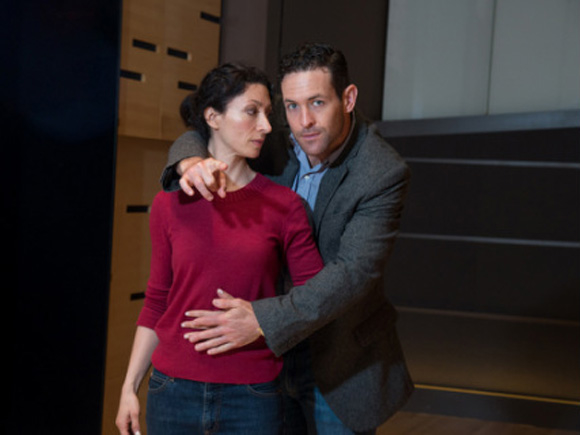
(© www.heyjonte.com)
by Pete Hempstead
Shakespeare's poetic language has always been the argot of lovers, but never have two people been wooed and won by it so intensely than the characters in John Minigan's compelling Breaking the Shakespeare Code. It is one of finest plays you'll see at Fringe this season.
Naïve, self-satisfied 18-year-old Anna (Miranda Jonte) comes to prickly acting instructor Curt (Tim Weinert) for audition coaching, and together they explore Portia's fraught relationship with Brutus in Julius Caesar. Six years later, Anna needs help preparing for another audition. Things aren't going so well for Curt now, with his professional career derailed by a scandal and a marriage on the rocks. But when the two let the Shakespeare lines fly, a hidden, more personal subtext begins to appear. Then, 10 years later, Anna seeks out Curt one more time. Her fortunes have soured while his have flourished. During this last encounter, however, they realize that double meanings have been hiding within the Shakespearean lines that they hurl at each other every time they meet.
Stephen Brotebeck has directed a brilliantly acted production of Minigan's intelligent play about the coded language of reluctant lovers. Jonte and Weinert electrify the stage like a modern Beatrice and Benedick with their exquisitely nuanced performances and onstage chemistry. In many ways, the play is a love letter to the power of Shakespeare's words as well as to the acting profession itself, and anyone who cares about either of these things will find this show exhilarating. Jonte and Weinert are the production's main attractions, though, and their performances are not to be missed.
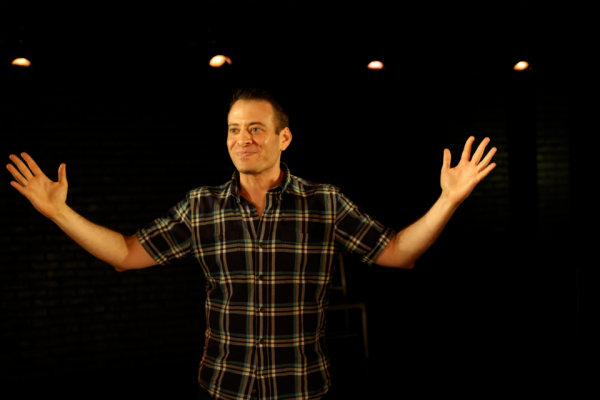
(© Dixie Sheridan)
By Zachary Stewart
"I wasn't supposed to be in the Fringe," Barry Levey admits. Thanks to some string-pulling by a shadowy think tank in Tehran, however, he was able to secure a spot. Or so he tells us…but can you really trust everything you're told, even when it comes from a friendly and seemingly credible source? Either way, we should all be glad that a challenging and intelligent solo show like Hoaxocaust! is onstage anywhere.
With a single wooden stool as a prop, the quippy and charming Levey tells the story of his liberal Jewish family's increasing discomfort with his brother's engagement to a French-Algerian woman. Levey's Dominican boyfriend, Anthony, thinks this discomfort is based in a racist hatred of Arabs. Levey confronts his mother on the issue, which leads to a heated discussion of Israel and the Holocaust. Her essential point: The horrific murder of six million Jews (including members of her family) is the ultimate justification for any actions by the Israeli government, no matter how racist they seem. But Levey wonders: If the Holocaust is the only justification, what happens when people stop believing that it happened? And is the overuse of the Holocaust as a justification for Israeli policy leading more and more people to become deniers? Levey goes on a worldwide journey to meet with prominent Holocaust deniers (Arthur Butz, David Irving, Robert Faurisson, and even Mahmoud Ahmadinejad) to see what evidence they actually have for their claims.
''Hoaxocaust!" has appeared in New York before, but with the latest war in Gaza and rising anti-Semitism in Europe, the themes are more relevant than ever. Levey has updated the text to reflect these new developments, making the show feel ripped from the headlines.
It really does feel like you're having a conversation with a particularly informed friend about something you read in the newspaper: Levey barrages the audience with facts, figures, and statistics. He tempers this heavy academic talk of genocide with his own affable brand of humor.
People of all political and cultural stripes will encounter moments of rage and revelation over the course of this 70-minute affair. Everyone will walk away with a desire to know more. This is worthwhile and timely theater of the highest order.
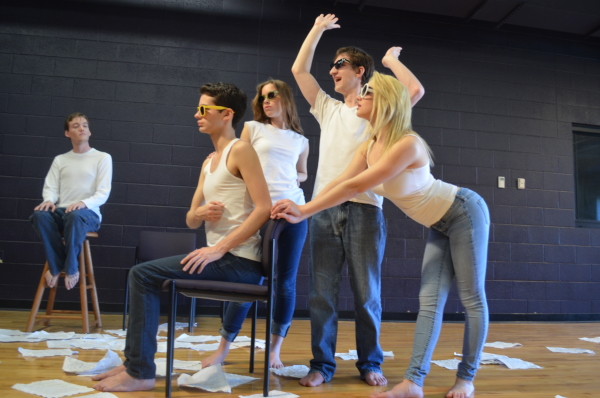
by Pete Hempstead
Oscar Wilde's character Dorian Gray has made his mark on popular culture in dozens of film adaptations and TV shows, including most recently Showtime's Penny Dreadful. Neal Utterback's version of this classic tale of immortal beauty, art, and moral depravity narrates large chunks of Wilde's 1890 novel, but Utterback, who also directs, tries to do something new with his source material — in this case, presenting Wilde's story as a performance piece (or "picture," if you will) rather than a straight play. The end result, however, is somewhat sketchy.
The novel's main plot points are there. In late 19th-century London, the Adonis-like Dorian Gray meets artist Basil Hallward, who, infatuated with Dorian, paints his portrait. Troublemaker Lord Henry upsets Dorian with remarks about the transitoriness of youth and beauty. Distressed at the thought, Dorian swears that he would give his soul if he could stay young while his portrait did the aging. Somehow, Dorian's wish is granted. Lord Henry then leads Dorian into a life of hedonistic pleasure and moral corruption. Dorian falls in and out of love with the actress Sibyl Vane, who kills herself. He then notices ugly changes in the face of his portrait. Years of cruelty, dissipation, and social ostracism pass, yet Dorian remains young while his portrait grows hideous. As his life unravels, Dorian must decide whether to destroy the picture and its grotesque depiction of his soul.
The production's young cast comprises Phil Oberholzer, who narrates, Alyssa Newberg, Jamison Monella, Andrew Kilpatrick, and Jessica Denison, who swap parts, indicated by one actor taking off a pair of sunglasses and handing them to another actor — a process that befuddles more than it illuminates. The play's five actors cavort about the stage, bang chairs, throw pages from Wilde's novel into the air, sing lyrics from Lady Gaga and Christina Aguilera songs a cappella, and strike curious poses in an addled attempt to add modern flair to the story. Monella inhabits Dorian's character for most of the play and does an able job, particularly in a frenetic (and overly long) final scene in which the narrator puts Dorian through his paces in a Sisyphean series of tormenting tasks. Monella looked exhausted at the end, but then again so did the audience, though the show is only a little over an hour long. Utterback's direction, unfortunately, never blends the elegance and wit of Wilde's prose with the production's surreal concept. It's an idea that could work, but it ought to be taken back to the drawing board.



